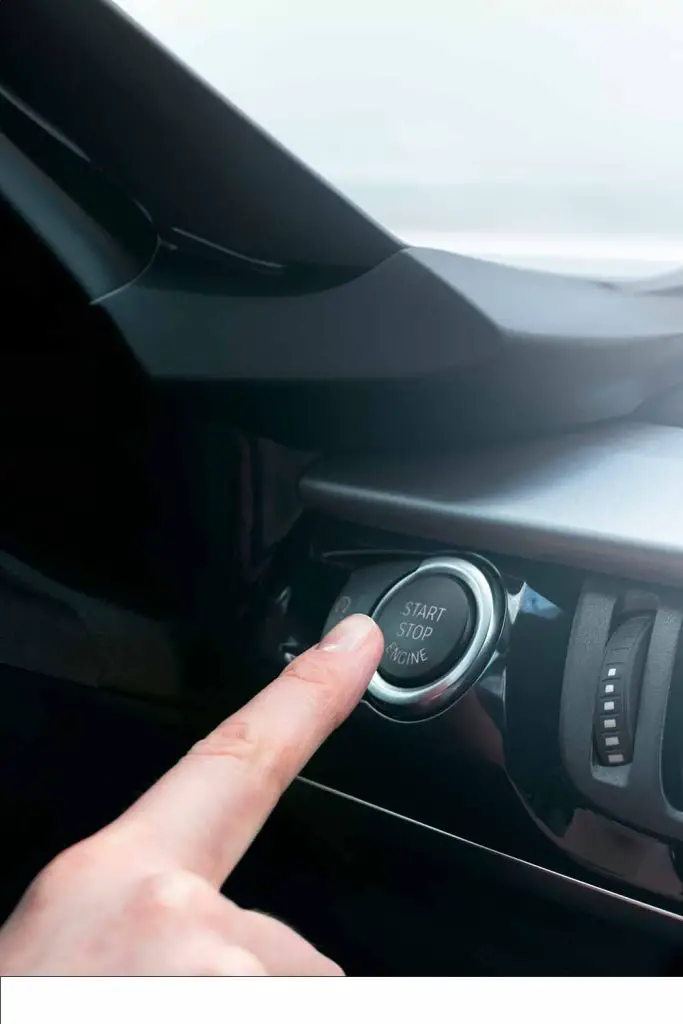9 Things You Should Know About Keyless Cars!

The rise of keyless cars has brought convenience, innovation, and a touch of modern luxury to the driving experience. Gone are the days of fumbling for keys in your pocket or bag. With just a simple press of a button or a touch, your car is ready to go! But as exciting as keyless technology sounds, there’s a lot more to know about it than meets the eye.
Here are 9 things you should know about keyless cars—some may surprise you!
1. How Keyless Ignition Works
Keyless cars operate using a key fob that communicates with your vehicle through a wireless signal. Instead of inserting a traditional key, you just need to have the fob nearby—usually within a few feet of the car. Once the fob and the car connect, you can start the engine with the push of a button.
This system, while convenient, relies on proximity. If the key fob is too far away from the vehicle, the car won’t start or will shut off if you try driving without it. This technology eliminates the need for physical keys, but it also introduces unique vulnerabilities, which we’ll explore later.
2. They Can Save You Time
Keyless cars are all about efficiency. No more hunting for keys while holding groceries, or struggling in the rain to get your car started. As long as the fob is in your pocket or bag, you can unlock your vehicle by simply touching the door handle, and start it without ever taking out the fob.
This level of convenience is especially helpful for busy, multitasking drivers who want a smooth transition from walking to driving without the hassle of finding and inserting a key.
3. Security Is a Double-Edged Sword
Keyless systems offer enhanced security in many ways. For one, it’s harder for someone to steal your car by picking a lock or hotwiring it because there’s no physical key. However, keyless cars are also more vulnerable to tech-savvy criminals who use signal relaying or jamming devices to hijack the car’s communication system.
Thieves can extend the range of your key fob signal, tricking the car into thinking the fob is nearby and gaining access to your vehicle. This type of theft, known as a relay attack, has become more common in recent years. To mitigate this risk, some experts recommend storing your key fob in a signal-blocking pouch or “Faraday cage” when you’re not using it.
4. Keyless Cars May Pose a Safety Risk
While keyless systems are convenient, they can also introduce safety concerns if not used carefully. One major issue is accidental carbon monoxide poisoning. Since keyless cars start with a button and don’t require you to turn off the engine with a key, some drivers have unintentionally left their cars running in garages, which can lead to dangerous CO buildup.
To prevent this, always double-check that your vehicle is turned off when parked inside a garage. Some newer models include automatic shutoff features, but it’s always a good idea to be cautious.
5. They Can Be Hacked
We’re living in an increasingly connected world, and cars are no exception. The technology that allows keyless cars to function can also be their Achilles’ heel. Hackers can potentially exploit weaknesses in the wireless systems of keyless cars to unlock them or, in rare cases, even start the engine without the fob.
Many manufacturers are working to improve the encryption on keyless fobs to prevent this, but it’s still a risk. The best defense is to stay informed and use additional anti-theft measures like steering wheel locks or aftermarket immobilizers.
6. Battery Life Matters
A key fob doesn’t last forever. While most can operate for several years on a single battery, they will eventually need a replacement. If the fob’s battery dies, you won’t be able to start your car unless there’s a backup system in place.
Many cars have a manual override, like placing the dead key fob near a special sensor or using a hidden physical key, but it’s best to avoid this inconvenience by keeping an eye on your fob’s battery life and replacing it when necessary.
7. Some Keyless Cars Have Phone Integration
A newer trend in the keyless car world is phone integration. In some models, your smartphone can act as the key, allowing you to unlock and start the car via an app. This is especially useful for those who always have their phone on hand.
While this feature adds an extra layer of convenience, it also means you need to be mindful of your phone’s security settings and battery life. If your phone is lost, stolen, or runs out of battery, you could find yourself locked out of your car.
8. Insurance Costs Can Be Affected
Insurance companies consider keyless cars to have both benefits and risks. On one hand, these cars often have advanced anti-theft technology that can lower insurance premiums. On the other hand, if your car model has been targeted for relay attacks or other vulnerabilities, it could lead to higher insurance rates.
It’s a good idea to check with your insurer about how keyless entry systems might impact your premium, and whether there are discounts available for installing additional security features.
9. They’re Not Just for Luxury Vehicles Anymore
When keyless entry and ignition first hit the market, they were mostly found in high-end luxury vehicles. However, in recent years, keyless systems have become more common in mid-range and even budget-friendly cars.
This democratization of technology means more people can enjoy the benefits of keyless driving without breaking the bank. From compact city cars to family SUVs, keyless entry is no longer reserved for top-tier brands.
Keyless cars bring a lot of convenience, but they also come with some notable risks and quirks. Whether you’re concerned about safety, security, or just the practicalities of owning one, it’s important to stay informed about how they work. As this technology continues to evolve, manufacturers are likely to introduce new innovations to make keyless driving even safer and more user-friendly.
Before you hop into your next keyless vehicle, remember these 9 key things and you’ll be well-prepared for the ride!

More interesting articles you may be interested in reading:

